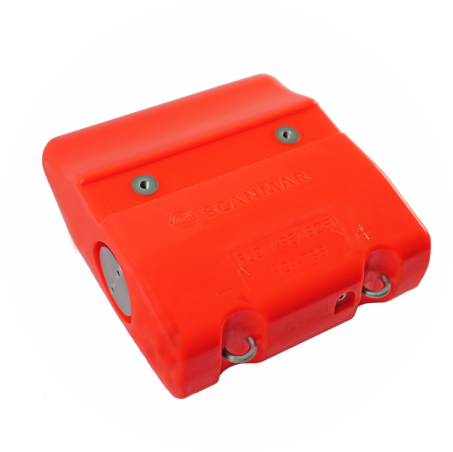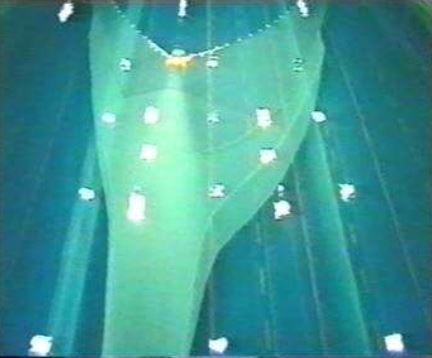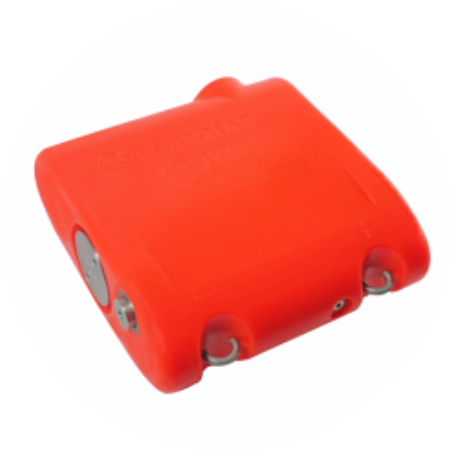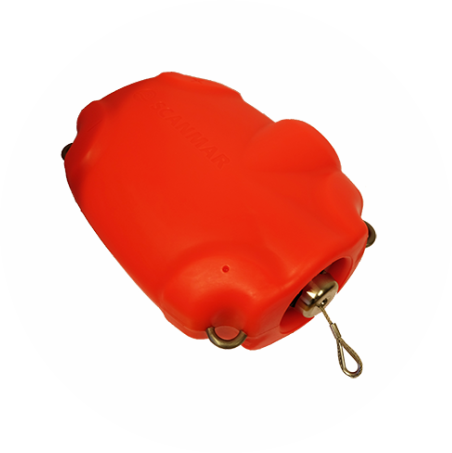Since the breakthrough of information technology a few decades ago a big wave of information has flooded us, and it is almost impossible to keep abreast of everything going on, which is clearly shown by the rise and fall of new companies.
In addition to the extraordinary emergence of new technology, good or bad, we see an accelerating rise of system-oriented solutions. Different products and technologies are connected together to provide users with greater value at a lower price than the products used independently of each other. No one could have avoided having noticed the incredible power struggle going on between the giants in the telecom and communications market, exemplified by Apple and Microsoft, to get the greatest possible breadth of product offering.
When a product has been available for many years and there are many manufacturers competing, the experience is that products that are advanced also have the best user properties, longest life, etc. Cars are a good example of this, you can tell by used car prices. That is not the case when the new products are launched.
Most often it is not so difficult to make copies of products, often called piracy. Examples include Rolex watches, Louis Vuitton handbags, etc. While the originals cost thousands of Euros the markets in Asia, North Africa and other places are flooded of copies that only costs a fraction. Authorities in the EU and many other countries have begun to crack down on this and there are many buyers of copied products that have received fines of several thousand Euros. The reason for this is that no one is served by the manufacturers of pirated copies earning fortunes on the parasitism of those who have devoted a tremendous amount of product and market development of original products.
When it comes to products that are new in the market, it is often only after many years that we know enough about product quality and operating characteristics. We are not talking then about piracy, and basically the market is served by having many manufacturers with different products, qualities, and capabilities to meet different purposes and uses. If we know what we need and are confident that a new product has the technology and features to meet that need, this is undoubtedly good for the society’s development. Unfortunately it is often the case that new players do not know the customer's needs well enough and therefore promise more than they can hold.
It is therefore natural that new businesses based on new ideas flourish. Some do it well, while many companies have a short lifespan. It is a healthy move that many will try and just as healthy is that it is the brightest that survive, develop technology and find new applications. It is too bad for those who have invested in a product that does not work. The supplier will disappear and consumers are left without a working product or access to service and support. Unfortunately, the consequence is usually that in addition to a wasted investment, consumers suffer a loss of expected income. It may take many years to be able to acquire a replacement that works.
Scanmar has from the start in 1980 focused on developing products with the highest standards of quality, reliability and dependability. These are product requirements that allow users to be 100% sure the products meet their needs, even when it comes to accuracy requirements. That is a necessary requirement as products are increasingly being included as part of integrated solutions. Ten to fifteen years after Scanmar developed the first two generations of products, delivered two to three thousand systems, and trained users to take full advantage of the products to achieve a more efficient and cost-effective fishing, there were eight to ten manufacturers of simple sensors on the market. We were very pleased with that, because with the significant product development costs to meet the most extreme demands we could not meet the prices the owners of the smaller vessels were able to pay. Here they got a lot of options.
Now, some years later, it is sad to state that the vast majority of these manufacturers are out of the market and that this is due to products' lack of technology, quality and properties.
We have registered that many owners of smaller vessels not only have become aware of the benefits of Scanmar’s most advanced sensors Trawl Speed / Symmetry Sensor, Door Angle sensor, and Filling indicator, but they also say that the economy over time is significantly better than with cheap products. The reasons are that they fish more efficiently with less disruption to operations for repairs, service, etc. In addition, the sensors have much longer life.
As in most other situations you get what you pay for. Most fishermen acknowledge that Scanmar’s wide range of sensors and features, reliable transmission technology, robust sensors, battery and charging technology, etc. necessarily cost more than simple solutions. As so often occurs in society, experience has shown them that an investment in an advanced and reliable product over time provides a significantly better return. Scanmar’s supreme position among the ocean trawlers around the world is just a result of this. Not to mention that there are thousands of smaller vessels that use Scanmar equipment. Most of these cabinets and sensors work just as well today as they did 20-30 years ago when they were acquired. Our hope and one of our objectives is that we should be able to offer affordable versions of our advanced systems adapted to their purpose.
We have noticed in the last couple of years that those who have simple systems and sensors from other manufacturers want to replace them, even if it initially will be a financial burden. This is a very interesting development because it means that after years of use they have learned that it’s not the price you pay that is crucial, but the increased revenues and the product’s robustness and reliability that matters.
From experience we know that when someone is leading others will quickly follow. Obviously, a market for more advanced products tailored to smaller vessels will develop and therefore strengthen the foundation to sell a volume that can provide reduced rates.
One could argue that this is on the side of technology - the theme of this article – which can be right. However, there is something more important: it helps to form the basis for new technological developments that could result in products that may come to mean even more for the fishermen's earnings. We have never hidden the fact that our goal has always been to offer the fishermen a full catch system. Today we have sensors that can provide all necessary and useful sensors for active fishing gear. For the trawl those sensors include:
• The trawl doors (10 functions). Some software is still lacking for the multi-functional sensors to work with all features enabled. See data sheets and other reviews for details and user benefits
• Trawl (10 functions). See data sheet for details and user benefits
• Bottom gear (Bottom Contact Sensor)
• Under the bellow (Rip Sensor)
• Tunnel Flow Sensor
• Symmetry Sensor
• Grid Sensor
• Catch Sensor
• Filling Indicator
• SuperCatch
• Twist
Scanmar has also been granted several patents for functions that are important in positioning and management of the trawl:
• Remote activation of sensors (on trawl / trawl doors)
• Steerable trawl doors
• Distance / positioning
• Correction of the speed of sound in water in relation to temperature variations
• Sorting (patent pending)
In connection with a complete and integrated catch system there are things of critical importance that most people do not think of in the first place: information that is reliable, complete, easy to understand and easy to act on. Scanmar has done the following:
• Highly advanced and reliable hydro-acoustic transmission link based on 30 years of experience and feedback from thousands of vessels and environmental conditions
• Advanced filtering systems in the receiver that removes noise, interference and other sources of error
• All information available in complex geometric images easy to use
• Ongoing development of critical data
• Simple assembly that gives the fisherman a clear message about how he should react
Part of the technology concept that most people have not thought of, but which is of crucial importance for a catch system to function, is the accuracy of the data included in the system. This also plays an important role for effective fishing. Scanmar does the following to get the absolute accuracy acceptable to the system:
• Correction of the speed of sound in water in relation to temperature variation-
Speed of sound in water changes by approximately four meters per second per degree. This means that without temperature correction you can in most cases assume that the measured distances can vary by 6-7%.
- Important to correct sonar readings
- Crucial for accurate and reliable door distance (rigging, bottom contact, etc.)
- Distance vessel / trawl
• Door angles
- Sensors are mounted accurately in the vertical and horizontal plane to prevent the measurements from being wrong when the angles change, even if they are calibrated when they are installed
- Scanmar makes a series of measurements before the average value is calculated and sent to the vessel. Simple, live measurements of door angles provide random data with large and unreliable results because the doors’ stability varies from second to second
- Accurate mathematical calculations for the doors’ stability
It's been a long and extensive journey to get where we are today that has cost NOK 400 million. In return we have reached a technological level no one, including ourselves, could have imagined 30, 20 or even 10 years ago. But development continues. The next goal must be to develop more effective tools where technology, together with a lot of practical experience, provides a solid platform for an efficient and targeted development.







